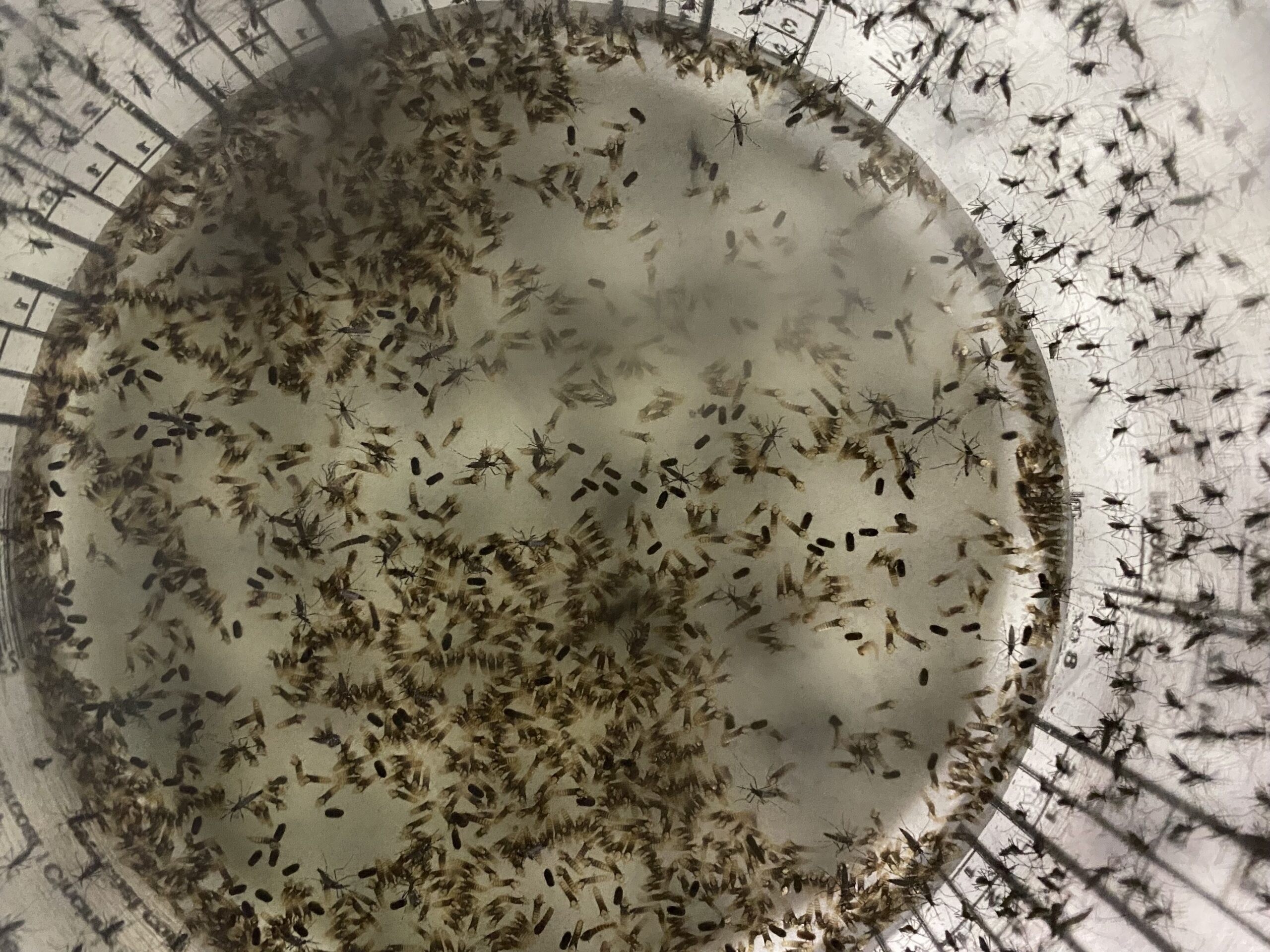Innovative Mosquito Control Strategy Shifts from Captiva Island to Fort Myers: A New Chapter in Sterile Insect Technique
In recent years, mosquito-borne diseases have posed a significant public health challenge, particularly in regions with warm climates like Florida. To combat this, an innovative approach known as the Sterile Insect Technique (SIT) was piloted in the coastal city of Fort Myers, Florida. This strategy was previously tested on Captiva Island, about 30 miles away, from 2020 to 2022, with remarkable success.
The SIT method involves mass-rearing male mosquitoes and then sterilizing them. These sterile males are released into the wild, where they mate with wild female mosquitoes. However, because these males are sterile, they do not produce offspring, leading to a gradual reduction in the mosquito population. During the pilot project on Captiva Island, at the height of the release initiative, approximately 400,000 sterile male mosquitoes were released weekly. This effort yielded significant results, reducing the mosquito population noticeably in 2020 and achieving complete suppression by 2021 and 2022.
To measure the effectiveness of this technique, scientists compared ecological indicators between Captiva Island, where the sterile mosquitoes were released, and Sanibel Island, which served as the control area. Rachel Morreale, Manager of the Applied Science and Technologies Department at the Lee County Mosquito Control District (LCMCD), expressed her satisfaction, noting, "It was remarkable to see the impacts that our sterile male releases had on the population of Ae. aegypti on Captiva."
However, in September 2022, Hurricane Ian struck, causing extensive damage to both Captiva and Sanibel islands. The devastation was so severe that access by car became impossible, leading to the conclusion of the pilot project. In light of the damage, LCMCD decided to relocate the release program to the mainland, specifically targeting Fort Myers.
Armed with valuable insights from the Captiva Island project, LCMCD collected baseline data to enhance their release strategy for the sterile male Ae. aegypti mosquitoes in Fort Myers. This new phase of the project commenced in February 2024, earlier than initially anticipated. The experience gained from Captiva Island enabled LCMCD to validate SIT as a viable component of an integrated mosquito management operation within the county. Utilizing the knowledge acquired in mass-rearing, releases, and fieldwork, LCMCD is optimistic about replicating its previous successes in Fort Myers, ultimately providing relief and protection to local residents.
David Hoel, Executive Director of LCMCD, emphasized the significance of this program, stating, "The unique attributes of this program and technical expertise provided to us by the International Atomic Energy Agency (IAEA) is enabling LCMCD to gain a foothold in suppression of this mosquito which is difficult at best to control by conventional mosquito control techniques and shows great promise for future prevention of mosquito-borne disease threat in Lee County, Florida."
Understanding Sterile Insect Technique (SIT)
For those unfamiliar with the Sterile Insect Technique, it is a method of pest control that relies on the release of sterile insects to reduce the population of a specific species. The process involves several steps:
- Mass Rearing: Large numbers of the target insect species are bred in controlled environments.
- Sterilization: The male insects are sterilized using radiation or chemicals, ensuring they cannot reproduce.
- Release: The sterile males are released into the wild, where they compete with wild males to mate with females.
- Population Reduction: Since the mating results in no offspring, the population gradually declines over time.
This method is environmentally friendly, as it targets specific species without the use of harmful chemicals, thus preserving the ecosystem’s balance.
The Importance of Controlling Ae. aegypti Mosquitoes
The Aedes aegypti mosquito is notorious for spreading diseases such as dengue fever, Zika virus, chikungunya, and yellow fever. These diseases pose significant health risks and can lead to severe illness or even death. Traditional mosquito control methods, like insecticides, often prove insufficient, as mosquitoes can develop resistance over time. Moreover, these chemicals can have adverse effects on the environment and non-target species.
By employing SIT, authorities can address these challenges more effectively. The technique specifically targets the Ae. aegypti population, reducing the risk of disease transmission without causing harm to other insects or the broader ecosystem.
Community Reaction and Future Prospects
The community’s response to the SIT project has been largely positive, with many residents expressing relief at the prospect of reduced mosquito populations. The success on Captiva Island has generated optimism for similar outcomes in Fort Myers and potentially other regions in Lee County.
Looking ahead, the implementation of SIT in Fort Myers could serve as a model for other communities facing mosquito-related challenges. By incorporating SIT into broader integrated pest management strategies, communities can achieve more sustainable and effective mosquito control.
Moreover, the collaboration with the International Atomic Energy Agency (IAEA) underscores the importance of global partnerships in addressing public health issues. The technical expertise provided by the IAEA and other organizations enhances the effectiveness of SIT and contributes to the overall success of such initiatives.
Conclusion
The transition of the SIT project from Captiva Island to Fort Myers marks a new chapter in the fight against mosquito-borne diseases. Leveraging the lessons learned from previous endeavors, LCMCD is poised to achieve significant population suppression of the Ae. aegypti mosquito in the region. With continued support and collaboration, SIT holds the potential to transform mosquito control efforts not just in Florida, but worldwide.
For more information about the SIT project and its progress in Fort Myers, please visit the Lee County Mosquito Control District’s website.
For more Information, Refer to this article.


































![Samsung’s Breakthrough Fuels Progress in Science and Industry: Interview How Samsung’s Engineering Feat Became a Catalyst for Scientific and Industry Advancement [Interview on Real Quantum Dots Part 2.]](https://www.hawkdive.com/media/samsung-tvs-and-displays-samsung-quantum-dots-technology-qled-tvs-quantum-dots-experts-interview-par-218x150.jpeg)